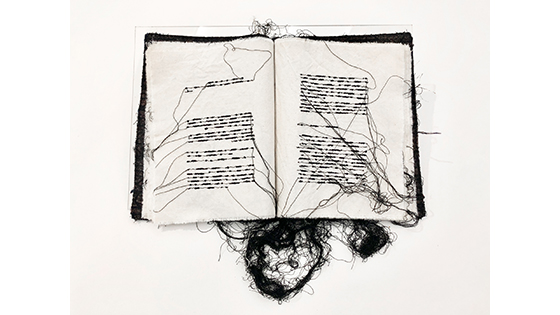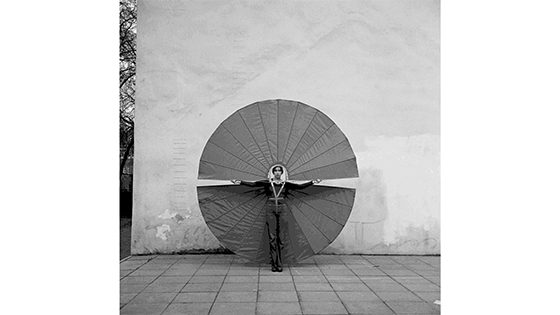The Royal Museums of Fine Arts of Belgium dedicate an exceptional exhibition to Salvador Dalí and René Magritte. For the first time ever, the connection and influences between the two greatest icons of the surrealist movement are highlighted.
Dalí and Magritte both aim to challenge reality, question our gaze and shake up our certainties. The Catalan and the Belgian show a fascinating proximity, despite their very different creations and personalities, which would eventually lead them to drift apart.In the spring of 1929, Salvador Dalí and René Magritte meet in Paris, surrounded by the great names of the artistic avant-garde. In August of the same year, at Dalí’s invitation, Magritte travels to Cadaqués, the Spanish painter’s home base. This surrealist summer – which also includes visits by Éluard, Miró and Buñuel – will prove decisive.
The exhibition reveals the personal, philosophical and aesthetic links between these two iconic artists through more than 100 paintings, sculptures, photographs, drawings, films and archival objects.
The “Dalí & Magritte” exhibition is held under the High Patronage of their Majesties the King and Queen and is organized by the RMFAB in collaboration with the Dalí Museum (St. Petersburg, Florida), the Gala-Salvador Dalí Foundation and the Magritte Foundation. More than 40 international museums and private collections have lent their masterpieces for this unique exhibition, which ties in with the festivities organised around the Magritte Museum’s 10th anniversary.
Exhibition curator: Michel Draguet, Director General of the RMFAB.
VIDEO Behind The Scenes at the exhibition DALÍ & MAGRITTE
Dalí & Magritte Two surrealist icons in dialogue
Royal Museums of Fine Arts of Belgium
Rue de la Régence/Regentschapsstraat 3
1000 Brussels
+32 (0)2 508 32 11
info@fine-arts-museum.be
Image: Magritte, The Blood of the World, 1925
















